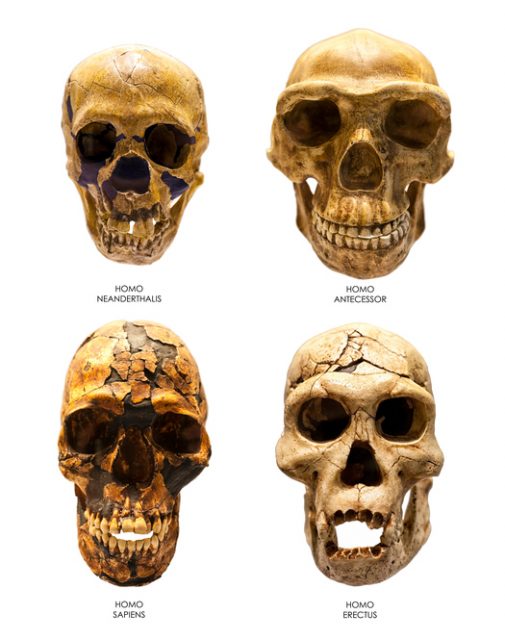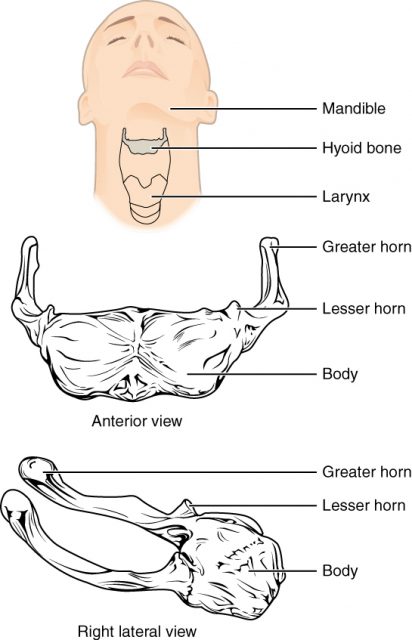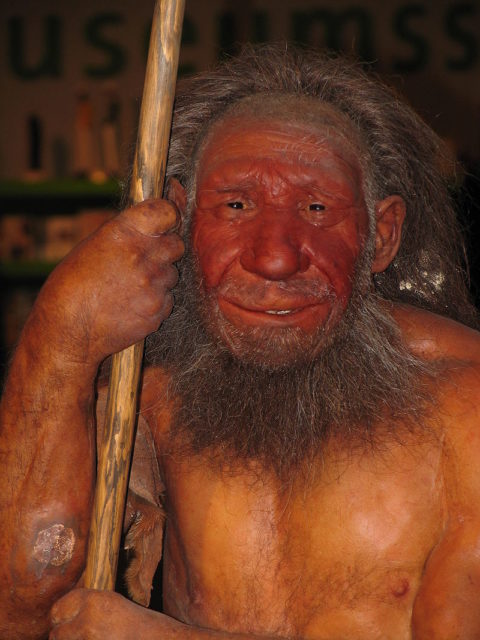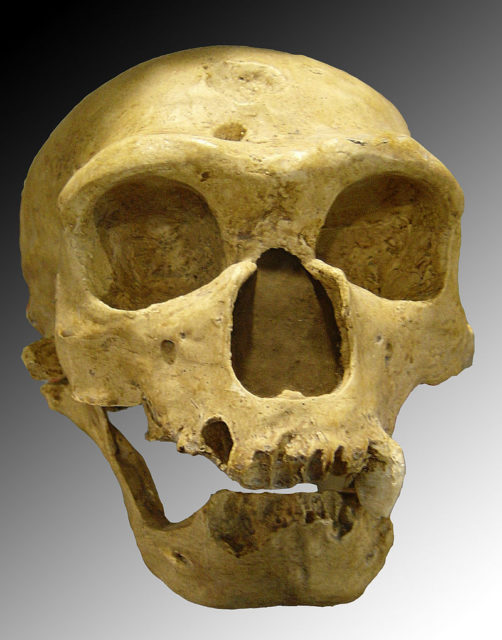Archaeology can tell us much about ancient history. However, it can only study durable physical clues about what life was like for people in earlier times, and scientists have to infer the rest.
Fossil records can give us an idea about how organisms might have looked, but not how they smelled or sounded… until now.
In a 2013 article, the BBC discussed research which suggested a likelihood that Neanderthals had the same physical capacity for complex speech as modern humans. The determination was made after studying a fossilized Neanderthal hyoid bone.

The hyoid is a small horseshoe-shaped structure in the throat that supports the root of the tongue. In humans, its placement is a large part of what gives us the ability to speak, and the same appears to be true for the Neanderthals.
The discovery upended the previous belief that complex human speech only evolved about 100,000 years ago, and that modern humans were the only ones who possessed the ability.

According to Science Daily, Dr. Robert McCarthy from Florida Atlantic University reconstructed vocal tracks that simulate what Neanderthal voices may have sounded like. He and his team used a computer synthesizer and some 50,000-year-old fossils from France, and they created a recording of how a Neanderthal might pronounce the letter “e.”
The recording doesn’t sound like a letter in any modern language. According to McCarthy, that’s because Neanderthals didn’t have the “quantal vowels” that modern humans use. Quantal vowels give cues that make it possible for speakers with different sizes of vocal tracts to be able to understand each other.

Although these vowels only make a slight difference in speech, their lack would have limited Neanderthal’s capacity for a well-developed spoken language, since they wouldn’t be able to distinguish between certain types of vowel sounds. McCarthy’s intention is to eventually simulate an entire sentence as it might be spoken by a Neanderthal.
Pronunciation and creation of sounds aren’t the only questions that have recently been addressed with regard to Neanderthal voices. Another aspect of how Neanderthals may have sounded has to do with pitch and tone.
A group of scientists has been researching those factors, according to Mental Floss. The team has been working with a Neanderthal skeleton to make both virtual and physical models of what the prehistoric men looked like and how they were built.
The team have used these models to extrapolate estimated measurements of various traits and abilities. One of the things they have created is a model of a Neanderthal throat and vocal tract.
Patsy Rodenburg is a vocal expert who focuses on learning about and understanding the sounds humans produce. She believes that the sounds made by Neanderthals may have been rather different than what we had previously supposed.
Instead of the stereotypical idea that prehistoric man communicated through low-pitched grunts, she says it is more likely that they instead had voices that were more like high-pitched shrieks.

When the scientists brought their model to Rodenburg, she came to the conclusion that the shape of the throat, in combination with the characteristically large skulls and deep chests of the early humans, would create sounds which were both unusual and loud. There isn’t any solid evidence yet to back her theory, but that doesn’t mean it’s implausible.
There has been a long-running debate over whether or not Neanderthals had the ability for spoken language as we understand it. Some have questioned whether our prehistoric cousins had the mental capacity to develop it.

It seems clear, though, that the necessary physical structures were all in place. There are genetic indicators that suggest that Neanderthals and Homo sapiens interbred during several periods over the last 200,000 years or so, which suggests that mental ability may not have been an issue.
Read another story from us: Bones Reveal Neanderthal Child was Eaten by a Giant Prehistoric Bird
If we consider that our ability to communicate complex ideas through language is one of the traits that makes us human and sets us apart from other animals, then perhaps the Neanderthal were more human than we thought.
